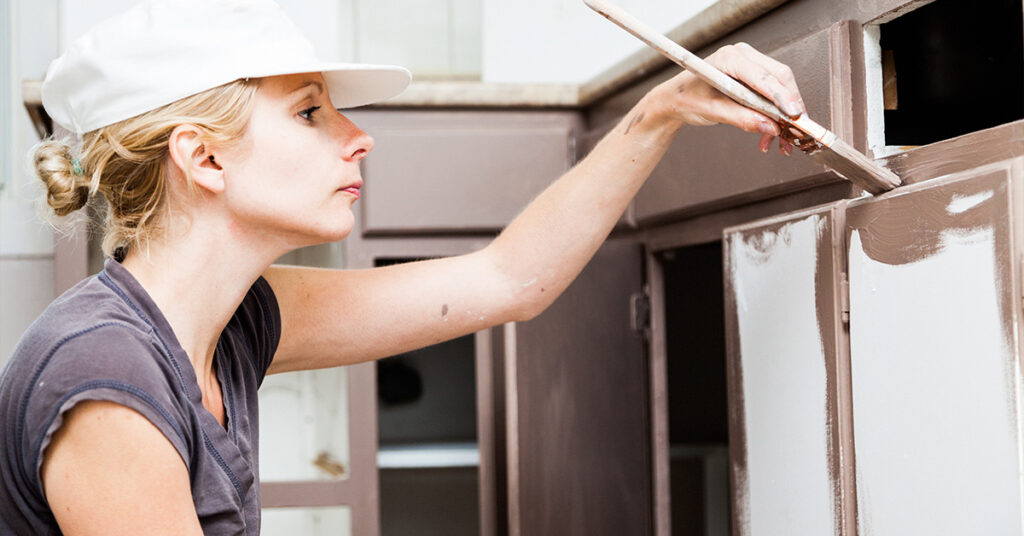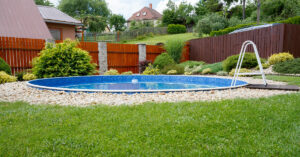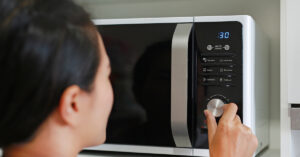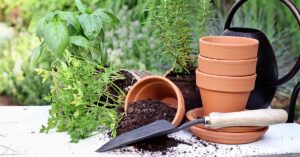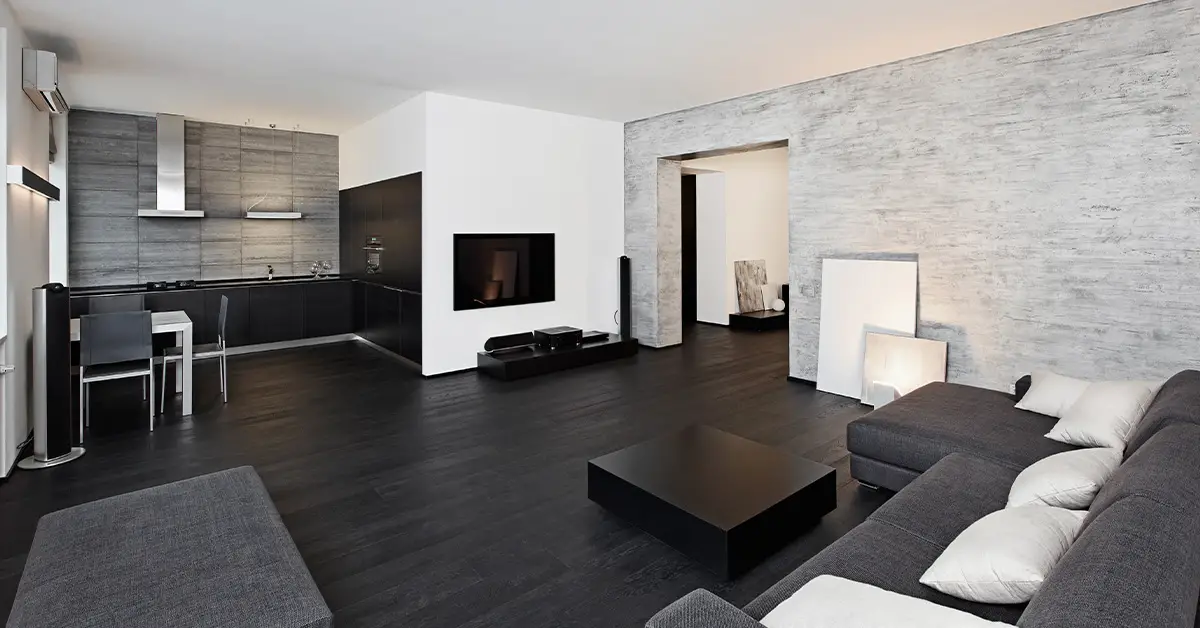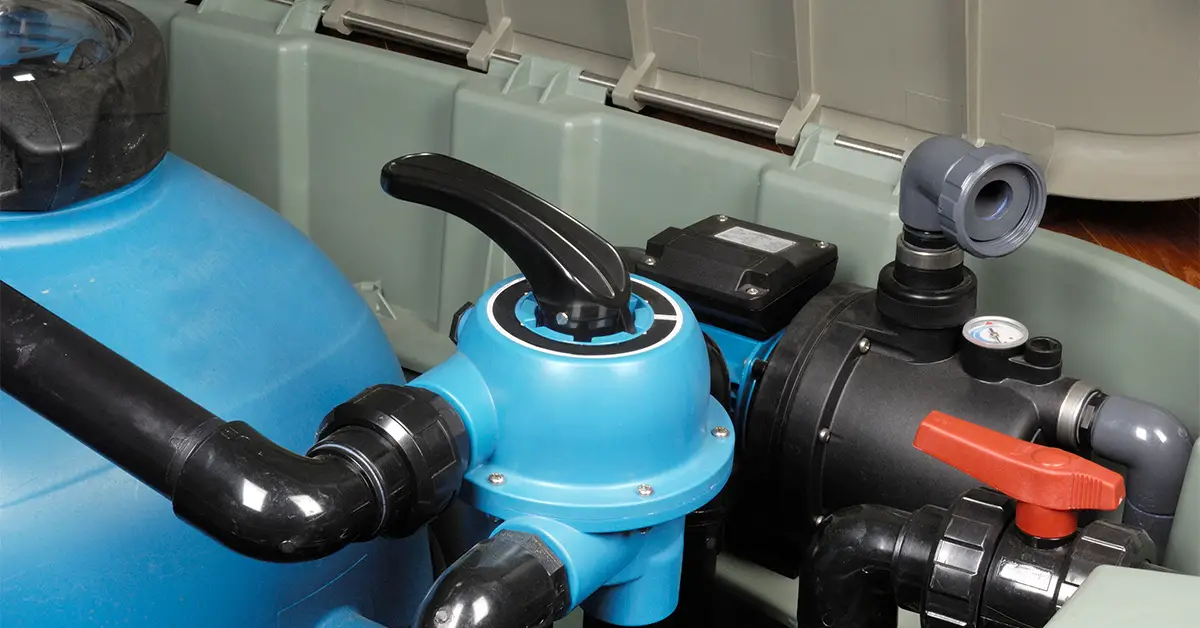A well decorated kitchen certainly lifts up the ambience of the whole house, but what if it’s your kitchen that actually is in a desperate need of facelift? You need not go all Marie Condo-ing on renovating your kitchen, a few changes here and there, and voila you got yourself a brand new kitchen!
Before you get all caught up in the age-old riddle of what come first: chicken or egg? Much similar is the question posed before us should we paint cabinets or replace floor first? We are here to help you with that and other renovating tips, how-to guides like which countertops to be changed, whether to have a color theme, or even matching hand towels.
Table of Contents
Do you paint cabinets or replace the floor first?
You are right, if you thought that cabinet painting comes first. You like most people think that that newly installed floors may be damaged by the spill from the cabinet paints. A full kitchen renovation includes several steps, and cabinet painting is one of the initial ones. Here are a few reasons why painting cabinets first would be beneficial to your renovation journey:
Why should you paint the cabinets first?
- With the existing flooring units, you don’t have to worry about the risk of damaging them while going through the process of renovating. It would act as your safety net.
- After you have decided on the color scheme of the cabinets and other stuff in your kitchen, you can make a confident choice about the flooring style. No more old colors striking out from your kitchen.
- You might be saving a ton of money with this tip. After installing the base cabinets, the floor underneath them gets hidden. So, why pay for that hidden flooring space that would eventually get hidden from that protruding cabinet wall?
- There are a lot of advantages to have your cabinets painted before installing floors. The floors that we walk on are the finished product of the subfloor and the underlayment (the debris layer of cement and stones). A gap is to be kept between the cabinets and the flooring. It is then covered by the molding that nails the bottom of the cabinets.
- You can minimize the height of your flooring, if you simply painted the cabinets and not entirely gut it out. Installing thin floorings would suffice this issue. It would fit right under the cabinets without compromising its outlook. Thick floors may not fit as your cabinets could be of your desired shape and size.
- Place the thin flooring units right on the subfloor, as it minimizes your overall floor thickness by � to ¼ inches. Thin flooring would facilitate to match the height of the countertop with the other appliances like dishwashers, ovens. They are required to slide off, if they ever need replacements. A thick floor would hinder that as we need to raise the countertop or the appliances during replacements.
What Flooring materials to consider for the newly renovated cabinets?
After answering the question of whether to paint cabinets or replace floor first, we land on to our next steps of remodelling the kitchen.
- A kitchen usually requires a lot of components: plumbing, appliances, electricity, and flooring. Flooring accounts for 8% of the whole renovating budget, if you are considering the whole kitchen. Lightweight floor installations like laminate, vinyl, or tile would not only give a chic look but also help with your better fitting of cabinets and countertops.
- Using engineered wood floors rather than the traditional solid hardwood would trim down the height of your normal floor, and make it appear thinner.
- Another common problem would be the floating floors. They are used in many flooring options like the traditional hardwoods and also the alternative like vinyl and tile flooring options.
These contract and expand with the pertaining temperature changes. The weight of the appliances would prevent it from moving freely. This could result in the breaking, bulging of the floors. So, you could install the floor adjacent to the appliances and cabinets to prevent any of the given problems.
- A DIY option may seem tempting at this point, but a professional floor installation is the best option in this situation. They would ensure to do the job perfectly. From many options to choose from the lot, we advise you to get thin flooring installations. Options like tile, vinyl are a go-to option nowadays for modern homes. They are susceptible to water and dirt and easy to clean. They also tend to be very durable, providing relief to your wallet on long-terms.
- Lamination is a less expensive option to tile, ceramic, porcelain and vinyl floorings. It can mimic the costly look of a high-end hardwood floor for a much lower cost. It also opens the scope of DIY to you, unlike the previous other options.
- Concrete floors are a bit more rustic than these newly sought trends. It may sound a bit harsh for a fine renovated kitchen, but it serves the purpose. It is easy on the pocket and a very durable option for your kitchen.
When to put the floor installations before cabinets?
The first choice that we provided, that is to paint cabinets before installing floor was one of the safe and traditional option of two. You can alter the process if your design circumstances ask for it. Installing floor before resurfacing cabinets could lead to different but equally successful outcomes.
- If your designing doesn’t suit with the pre-existing flooring options, then it’s best to install floors according to the appliance heights and adjust with it. It just needs to be elevated a few inches to fit with the newly renovated design.
- The installation of the base cabinets straight on the underlying floor would hinder the structure and look odd. The heights of the cabinets and other appliances would go all wrong if the floors are previously installed.
Conclusion
A warning would precede this renovation process that, you shouldn’t drip paint on the kitchen floor lining, especially on a textured tile piece. It will be too difficult to clean up the mess. So, overall be careful!

